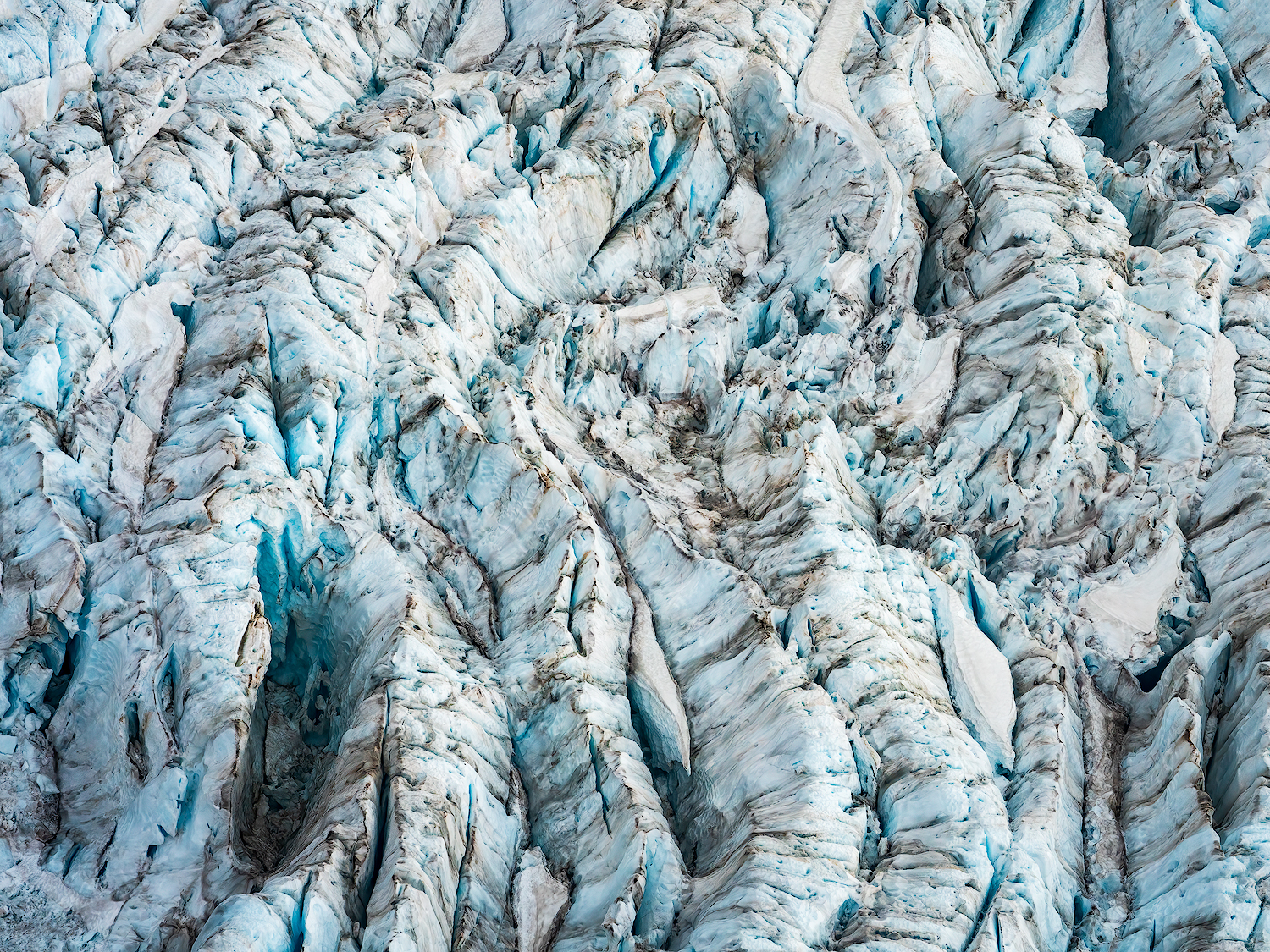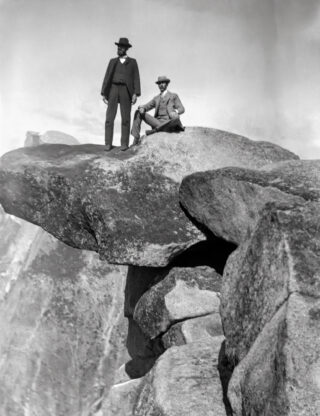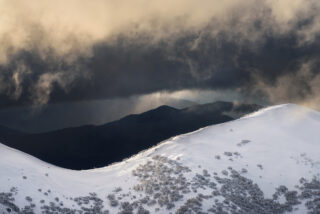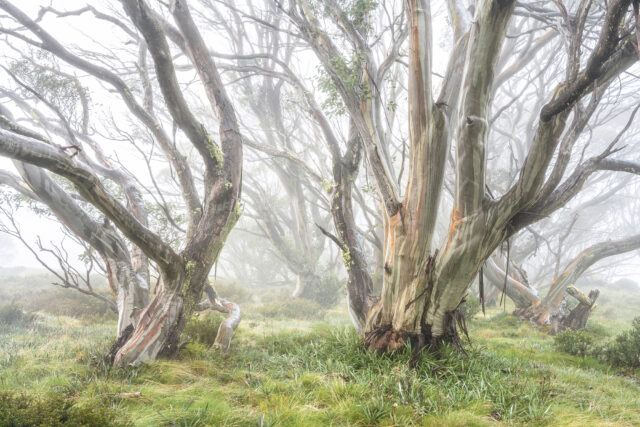|
Happy Earth Day! ͏ ͏ ͏ ͏ ͏ ͏ ͏ ͏ ͏ ͏ ͏ ͏ ͏ ͏ ͏ ͏ ͏ ͏ ͏ ͏ ͏ ͏ ͏ ͏ ͏ ͏ ͏ ͏ ͏ ͏ ͏ ͏ ͏ ͏ ͏ ͏ ͏ ͏ ͏ ͏ ͏ ͏ ͏ ͏ ͏ ͏ ͏ ͏ ͏ ͏ ͏ ͏ ͏ ͏ ͏ ͏ ͏ ͏ ͏ ͏ ͏ ͏ ͏ ͏ ͏ ͏ ͏ ͏ ͏ ͏ ͏ ͏ ͏ ͏ ͏ ͏ ͏ ͏ ͏ ͏ ͏ ͏ ͏ ͏ ͏ ͏ ͏ ͏ ͏ ͏ ͏ ͏ ͏ ͏ ͏ ͏ ͏ ͏ ͏ ͏ ͏ ͏ ͏ ͏ ͏ ͏ ͏ ͏ ͏ ͏ ͏ ͏ ͏ ͏ ͏ ͏ ͏ ͏ ͏ ͏ ͏ ͏ ͏ ͏ ͏ ͏ ͏ ͏ ͏ ͏ ͏ ͏ ͏ ͏ ͏ ͏ ͏ ͏ ͏ ͏ ͏ ͏ ͏ ͏ ͏ ͏ ͏ ͏ ͏ ͏ ͏ ͏ ͏ ͏ ͏ ͏ ͏ ͏ ͏ ͏ ͏ ͏ ͏ ͏ ͏ ͏ ͏ ͏ ͏ ͏ ͏ ͏ ͏ ͏ ͏ ͏ ͏ ͏ ͏ ͏ ͏ ͏ ͏ ͏
|
Earth Day 2023
Spring has arrived here in the Northern Hemisphere. There is something about it that changes my mindset and makes me want to start everything fresh. It's a time when I clean out my office, sort through old papers, examine the contents of my first aid kit, clean my cameras, and prepare for the summer ahead. In many ways it is a time of re-examination when I step back and look at the big picture of what I'm doing and why I'm doing it. I imagine that many of you are like me in this. As we approach Earth Day (April 22nd), which is also the fourth anniversary of Nature First, I want to take extra time to think about nature itself. Like most of you, nature is the primary subject of my photography, but this year I am asking myself how I can give back to nature. How can I use my photography to benefit the natural world? How each of us answers that question will be different, but it is a question that we as nature photographers must ask ourselves regularly. How will you use your photography this Earth Day, this month, this year to benefit the natural world? If you can, take a moment and see if you can answer that question for yourself in a meaningful way. In this newsletter we will be looking back at a few historical nature photographers who found their own answer to that question. We'll also look at some of our members making a difference, and if you are not yet sure of how to answer that question for yourself, we'll suggest a few ways that you can get involved. Erik Stensland
|
|

|
| |
|
Photo credit: © Madeleine Lenagh
|
| |
| |
A History of Making A Difference
| |

| | |
It was around the year 1850 that photography moved beyond the domain of scientists. A few innovative individuals began building cameras and doing the complex work of developing photographs. One of these early pioneers was Carleton Watkins (1829–1916). He was born in New York and moved to California. There he learned photography and turned his lens to the landscapes of California, especially the Yosemite Valley. His photographs were exhibited in the United States Congress and influenced the passage of the Yosemite Grant in 1864. This protected Yosemite Valley and the Mariposa Grove of Giant Sequoias as the first territory ever set aside by Congress for public use and preservation. His photographs also inspired many artists and writers. One of them was John Muir (1838–1914), who later became a leading advocate for protecting natural lands.
Photo credit: © John Healy Williams
William Henry Jackson (1843 – 1942) was another American photographer who had a significant influence on the protection of the American West. He travelled with the Hayden Expedition in 1871 along with the famous painter Thomas Moran to document the Yellowstone area. His photos of this delicate area ended up playing an important role in having Yellowstone set aside as the nation's first national park. He also brought attention to the need to preserve the Grand Tetons in Wyoming and Mesa Verde in Colorado. Over the years, many photographers began using their images to draw attention to the need for protecting the natural world. In the following years Edward Weston, Ansel Adams, Elliott Porter, and many others were very active in using their images to bring attention to issues of nature conservation and preservation, making those issues a public issue for the American people. These and many other photographers became leaders in the American environmental movement through much of the 1900s. For almost the entire first century of its existence, The Sierra Club, the environmental organization founded by John Muir, had nature photographers on its board and even ran a camera committee dedicated to the use of nature photography for conservation.
Yet this use of nature photography for the benefit of the natural world hasn't been limited to the United States. In those early years of photography there were photographers all across the globe using their cameras to make a difference. Frank Hurley (1885–1962), was an Australian photographer and adventurer who documented the landscapes and wildlife of Antarctica, Papua New Guinea, and other remote regions. In particular he used his images for the protection of whales and seals. Peter Henry Emerson (1856–1936) was a British photographer and writer who advocated for naturalistic photography that captured the beauty and truth of nature. He photographed the rural life and scenery of East Anglia, England, and promoted the conservation of wetlands and wildlife. These are just a couple of early photographers who showed us that photography can be about more than capturing something for ourselves. Since those early days, photography has become much more accessible and the photography community has become much more diverse. We can now photograph with incredible clarity. We can use long lenses and macro lenses to show perspectives that were unimaginable back then. We can photograph from high in the air or from deep under water. Our diverse experiences and backgrounds allow us to show previously unseen perspectives. Today, we can share our work across the world within minutes. Yet, with all the changes the question remains, "How are we using our photographs and the new opportunities that we have today to benefit the natural world?" Each of us has something important to contribute to our ongoing effort to protect the remaining wild and natural places on our planet. What will your contribution be?
|
| |
|
| |
Leave No Trash

| | | |
As most of you know, Nature First is a partner with Leave No Trace, an organization that protects the outdoors by teaching and inspiring people to enjoy it responsibly. This April, they are promoting a program called "Leave No Trash". The idea is to encourage all of us to commit to picking up at least 30 pieces of trash this month. This small step may become a habit and help us to leave places better than we found them. If you would like to be a part of this Leave No Trash initiative, sign up here to let them know.
Phil Monson, a member of Nature First and the one who designed the Nature First logo, has put this into practice in his community on a very regular basis over the last years. He makes trips to heavily visited natural areas and campgrounds with the aim of both cleaning up these places and bringing attention to the problem of trash. His efforts have been featured in numerous TV interviews and newspaper articles.
Is this something that might be needed in natural areas near you? Consider organizing a monthly gathering of photographers for trash clean-up at areas that need it.
|
| |
|
| |
NF Members and Partners Across the Globe
We continue to grow as the alliance for responsible nature photography spreads across the world. Nature First now has over 5300 members and 26 partners, from 77 countries, who have taken the pledge, making a commitment to follow the Nature First Principles. Our website has been translated into 7 languages, and passionate individuals are collaborating in regional Facebook Groups in 16 different countries. Our members have a broad range of backgrounds and experience. Amateur hobbyists, part-time professionals, workshop and tour leaders, well-known Youtube artists, conservationists, photography educators, and lifestyle influencers have all found ways to incorporate the Nature First Principles into their business, the way they work, and their day-to-day practices. Each of them are leading by example in ethical, responsible nature photography, no matter how large or small their audience. Each of them is making a difference.
|
| |
| |
Member Spotlight - Mieke Boynton
| |

| | |
Mieke Boynton is a specialist landscape and aerial photographer from the beautiful Alpine Valleys of North-East Victoria (Australia). She and her partner Matt Palmer run the Alpine Light Gallery in picturesque Bright (Victoria, Australia) and Mieke teaches photography through workshops and online tutorials. Mieke has won many National and International awards, most notably the NZIPP International Photographer of the Year (2021), the Epson International Pano Awards (2019) and the "Abstracts and Details" category of the Natural Landscape Photographer of the Year Awards (2022). When she’s out in Nature, she is very aware of her impact on the environment and she firmly believes that being a nature-lover comes with an absolute obligation to tread more lightly on the planet – including letting go of the idea of that unique capture if it means trampling vulnerable plants, diligently recycling, and turning the lights and power off when they’re not required. “Every little bit helps the planet!”
You can learn more about Mieke and see more of her wonderful images on her website, MiekeBoynton.com.
Photo credit (above and below): © Mieke Boynton
|
| |
|

|
| |
Other Ways To Get involved
| |

| | |
Use Your Voice on Social Media
Saturday April 22nd is Earth Day and the anniversary of Nature First. As we approach this day, consider using your photography and your voice on social media, on your website, via your YouTube channel or elsewhere to draw attention to ways that we can all be stewards of the natural world. Our voices as photographers are often heard by many who don't have the same connection with the natural world that we do. We can share what we love about nature and also what we see that concerns us. Our personal connection and stories can be powerful tools for communicating with those around us. Let your voice and your passion be heard.
Photo credit: © Martha Montiel Share this Video
In March of this year the Belgium media company Fledge worked together with Nature First to produce a video called “In nature, everybody is an influencer”. It is a great introduction to the need for responsibility in nature photography, showing how simple actions can have a detrimental effect on the environment. Consider sharing this video with your own networks to help people start to become aware of their impacts. Add Nature First to Your Publications
Photo Cascadia, a group of professional nature photographers based in the Pacific Northwest of the United States, produces gorgeous wall calendars that are sold throughout the region. They have chosen to include the Nature First logo and principles in each of their calendars to help bring awareness to everyone who buys their calendars. Similarly, if you visit Rocky Mountain National Park in Colorado you’ll find hiking guides, photo guides, and coffee table books that have sections which highlight Nature First and its principles. Some of the books even dedicate multiple pages to presenting the idea of responsible nature photography and explaining the principles. If you create publications, consider doing something similar with your work. At the very least, consider adding a section to your photography website about the principles and your commitment to responsible nature photography. Contribute an Article
We're always looking for important articles to share with Nature First members. We're interested in articles that highlight the intersection of photography and the natural world with an emphasis on environmental responsibility. If you have a special area of knowledge that you think our members would love to learn about, consider sending us an article. Right now we are looking for articles that address subjects such as ethics in drone photography, photography as a tool for conservation, the challenge and necessity of permits, etc.. We pay $50 per article. You'll find a full description of the requirements and process on the member's section of the Nature First website.
|
| |
|
| |
Your Voice Matters
As nature photographers, we have a special connection with the natural world. We generally spend more time in nature than most people and see more of what is happening out there, both the good and the bad. Our voices, and our perspectives, can help inform, educate, and inspire our communities to prioritize and care for the natural world. This is not a new idea, but one that goes back almost to the very beginning of nature photography. Let’s keep that mission alive.
|
| |
|






